-
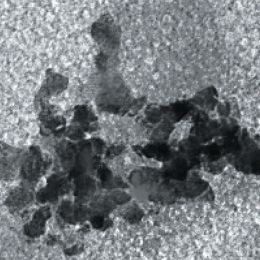 BioMag® StreptavidinCatalog Number 84660
BioMag® StreptavidinCatalog Number 84660- Concentration: 5mg/ml
- Binding Capacity: 1 mg (200μl) of BioMag® Streptavidin particles will bind > 2.0μg of biotin.
-
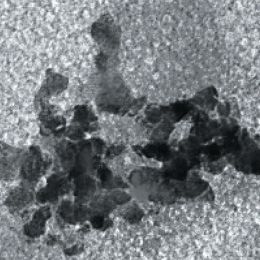 BioMag® Nuclease-Free Streptavidin ParticlesCatalog Number 8MB4804
BioMag® Nuclease-Free Streptavidin ParticlesCatalog Number 8MB4804A suspension of nuclease-free streptavidin attached to BioMag® particles for immobilizing biotinylated compounds.
-
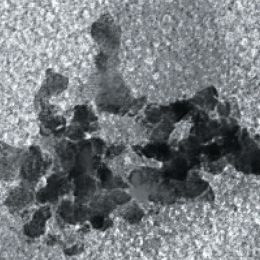 BioMag® Protein GCatalog Number 84605
BioMag® Protein GCatalog Number 84605BioMag® Protein G - Available in New 2ml Package Size
- Concentration: 5mg/ml
- Binding Capacity: 1ml (5mg) of BioMag® Protein G will bind a minimum of 0.2mg of rabbit IgG
-
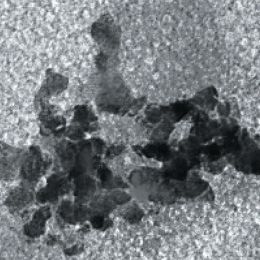 BioMag® Protein ACatalog Number 84600
BioMag® Protein ACatalog Number 84600BioMag® Protein A - Available in New 2ml Package Size
- Concentration: 5mg/ml
- Binding Capacity: 1ml (5mg) of BioMag® Protein A will bind a minimum of 0.2mg of rabbit IgG
-
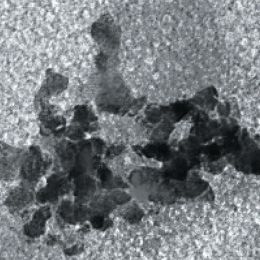 BioMag® Goat anti-Rat IgG (Fc Specific)Catalog Number 84334
BioMag® Goat anti-Rat IgG (Fc Specific)Catalog Number 84334- Concentration: 5mg/ml
- Binding Capacity: >0.20mg/ml
-
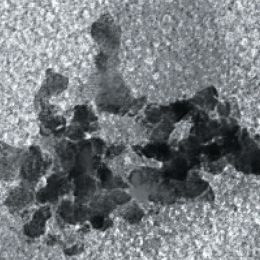 BioMag® Goat anti-Mouse IgGCatalog Number 84340
BioMag® Goat anti-Mouse IgGCatalog Number 84340- Concentration: 1mg/ml
- Binding Capacity: >0.20mg/ml
-
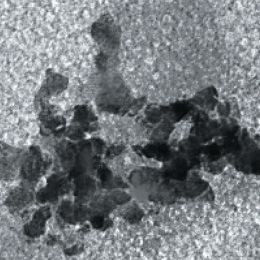 BioMag® Goat anti-Mouse IgG (Fc Specific)Catalog Number 84344
BioMag® Goat anti-Mouse IgG (Fc Specific)Catalog Number 84344- Concentration: 5mg/ml
- Binding Capacity: >0.15mg/ml
-
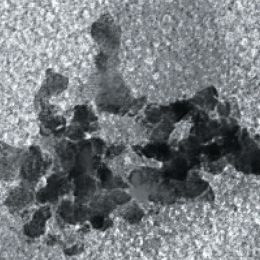 BioMag® Goat anti-Mouse IgMCatalog Number 84350
BioMag® Goat anti-Mouse IgMCatalog Number 84350- Concentration: 1mg/ml
- Binding Capacity: >0.20mg/ml
-
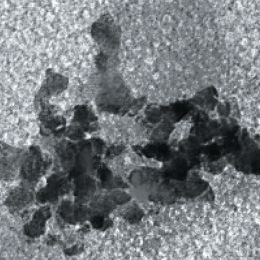 BioMag® Goat anti-Rabbit IgGCatalog Number 84300
BioMag® Goat anti-Rabbit IgGCatalog Number 84300Concentration: 1mg/ml
Binding Capacity: >0.20mg/ml
-
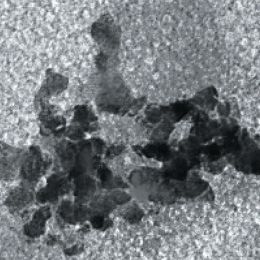 BioMag® Goat anti-Rat IgGCatalog Number 84330
BioMag® Goat anti-Rat IgGCatalog Number 84330- Concentration: 1mg/ml
- Binding Capacity: >0.15mg/ml
-
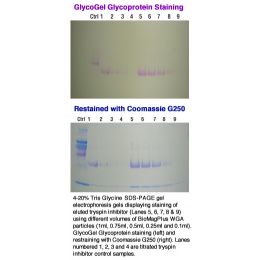 BioMag®Plus Wheat Germ AgglutininCatalog Number 86054
BioMag®Plus Wheat Germ AgglutininCatalog Number 86054The unique saccharide-binding properties of plant lectins, such as wheat germ agglutinin (WGA), have made them useful for the study of glycosylated proteins. Lectins have been used in cell adhesion studies, to effect lymphocyte activation, and to explore carbohydrate-based therapeutics.
-
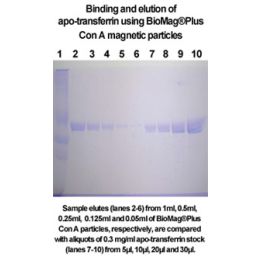 BioMag®Plus Concanavalin ACatalog Number 86057
BioMag®Plus Concanavalin ACatalog Number 86057Bead- and column-based separation methods rely heavily on the speed and ease of affinity binding systems. Ligands such as streptavidin, antibodies and lectins are used both to capture specifically-tagged targets and for the isolation of cells and biomolecules that naturally express the ligand binding partner. The unique saccharide-binding properties of plant lectins, such as Concanavalin A (Con A) have made them useful for the labeling and isolation of glycan-presenting cells and glycoproteins in serum and cell lysate. Lectins have additionally been used in cell adhesion studies, to effect lymphocyte activation, and to explore carbohydrate-based therapeutics.
-
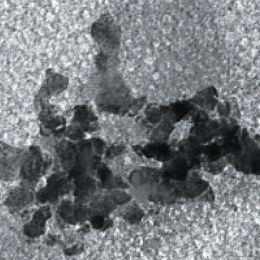 BioMag®Plus Protein ACatalog Number 86041
BioMag®Plus Protein ACatalog Number 86041BioMag®Plus Protein A Particles are superparamagnetic particles approximately 1µm in size with Protein A covalently attached. Isolation of immunoglobulins using BioMag®Plus Protein A Particles allows isolation from small samples (50 microliters or less), as well as the option to easily scale up to larger samples.
-
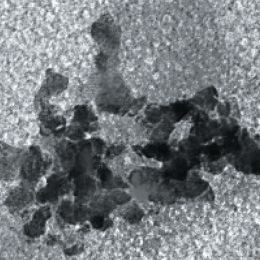 BioMag®Plus Protein GCatalog Number 86051
BioMag®Plus Protein GCatalog Number 86051BioMag®Plus Protein G Particles are superparamagnetic particles approximately 1µm in size that have Protein G covalently attached. Isolation of immunoglobulins using BioMag®Plus Protein G particles allows isolation from small samples (50 microliters or less), as well as the option to easily scale up to larger samples.
-
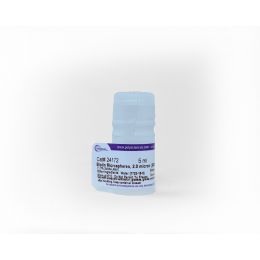 Biotin Microspheres, 2.0µmCatalog Number 24172Covalently coupled polystyrene. Binding capacity available upon request.
Biotin Microspheres, 2.0µmCatalog Number 24172Covalently coupled polystyrene. Binding capacity available upon request.Particles have a nominal diameter of 2µm and are packaged as 1.25% solids aqueous suspension.
-
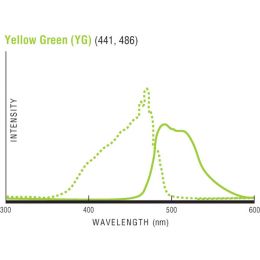 Biotin Fluoresbrite® YG Microspheres, 2.0µmCatalog Number 24173
Biotin Fluoresbrite® YG Microspheres, 2.0µmCatalog Number 24173Biotin covalently coupled to Fluoresbrite® YG fluorescent microspheres. Binding capacity available upon request.
-
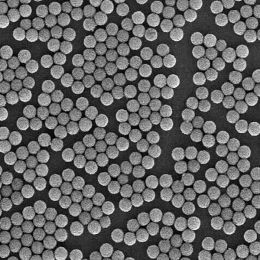 ProMag® 3 Series Protein GCatalog Number 25512
ProMag® 3 Series Protein GCatalog Number 25512Highly uniform 3µm polymer-based magnetic spheres. A hydrophilic surface means low nonspecific binding in protein-based systems, and superior handling without the use of surfactant.
-
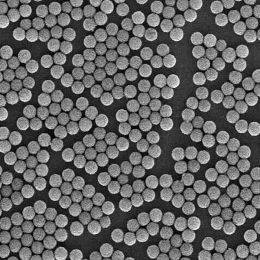 ProMag® 3 Series Streptavidin MicrospheresCatalog Number 86056
ProMag® 3 Series Streptavidin MicrospheresCatalog Number 86056Highly uniform 3µm polymer-based magnetic spheres. A hydrophilic surface means low nonspecific binding in protein-based systems, and superior handling without the use of surfactant.
-
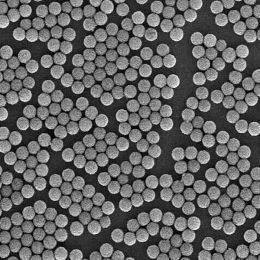 ProMag® 1 Series Streptavidin MicrospheresCatalog Number 25031
ProMag® 1 Series Streptavidin MicrospheresCatalog Number 25031Highly uniform 1µm polymer-based magnetic spheres. A hydrophilic surface means low nonspecific binding in protein-based systems, and superior handling without the use of surfactant.
-
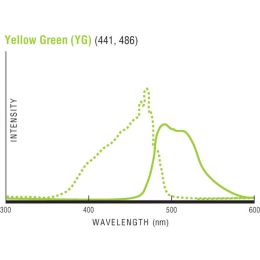 Streptavidin Fluoresbrite® YG Microspheres, 6.0µmCatalog Number 24157
Streptavidin Fluoresbrite® YG Microspheres, 6.0µmCatalog Number 24157Polysciences' streptavidin coated beads can be used in conjunction with a biotinylated ligand, antibody, DNA or RNA to form a bridge to the microsphere, providing the simple addition of a solid support. The streptavidin-biotin bond strength approaches that of a covalent bond, with an association constant (Ka 10^15 Mol-1) in an aqueous solution. This makes the bond not only essentially irreversible, but also supplies an interaction of high affinity and specificity.
-
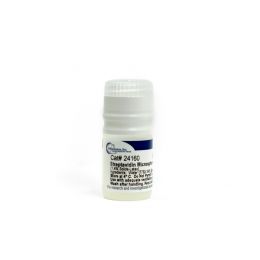 Streptavidin Microspheres, 2.0µmCatalog Number 24160
Streptavidin Microspheres, 2.0µmCatalog Number 24160Polysciences' streptavidin coated beads can be used in conjunction with a biotinylated ligand, antibody, DNA or RNA to form a bridge to the microsphere, providing the simple addition of a solid support. The streptavidin-biotin bond strength approaches that of a covalent bond, with an association constant (Ka 10^15 Mol-1) in an aqueous solution. This makes the bond not only essentially irreversible, but also supplies an interaction of high affinitiy and specificity.
-
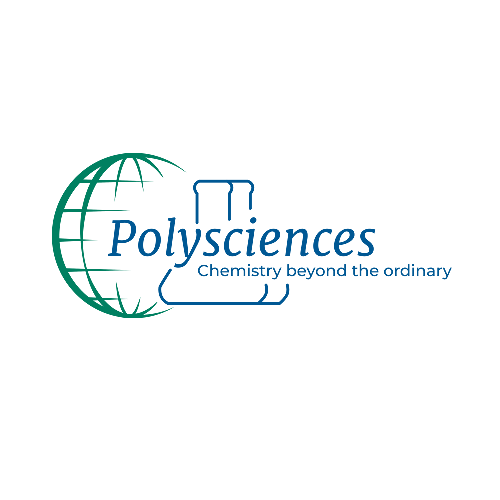 Streptavidin Microspheres, 1.0µmCatalog Number 24162
Streptavidin Microspheres, 1.0µmCatalog Number 24162Polysciences' streptavidin coated beads can be used in conjunction with a biotinylated ligand, antibody, DNA or RNA to form a bridge to the microsphere, providing the simple addition of a solid support. The streptavidin-biotin bond strength approaches that of a covalent bond, with an association constant (Ka 10^15 Mol-1) in an aqueous solution. This makes the bond not only essentially irreversible, but also supplies an interaction of high affinitiy and specificity. 1µm particles packaged as 1.25% solids in aqueous suspension.
-
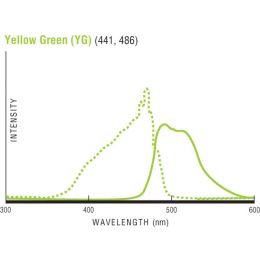 Streptavidin Fluoresbrite® YG Microspheres, 2.0µmCatalog Number 24159
Streptavidin Fluoresbrite® YG Microspheres, 2.0µmCatalog Number 24159Polysciences' streptavidin coated beads can be used in conjunction with a biotinylated ligand, antibody, DNA or RNA to form a bridge to the microsphere, providing the simple addition of a solid support. The streptavidin-biotin bond strength approaches that of a covalent bond, with an association constant (Ka 10^15 Mol-1) in an aqueous solution. This makes the bond not only essentially irreversible, but also supplies an interaction of high affinitiy and specificity.
-
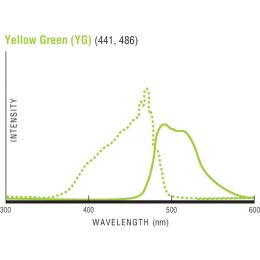 Streptavidin Fluoresbrite® YG Microspheres, 1.0µmCatalog Number 24161
Streptavidin Fluoresbrite® YG Microspheres, 1.0µmCatalog Number 24161Polysciences' streptavidin coated beads can be used in conjunction with a biotinylated ligand, antibody, DNA or RNA to form a bridge to the microsphere, providing the simple addition of a solid support. The streptavidin-biotin bond strength approaches that of a covalent bond, with an association constant (Ka 10^15 Mol-1) in an aqueous solution. This makes the bond not only essentially irreversible, but also supplies an interaction of high affinitiy and specificity.
-
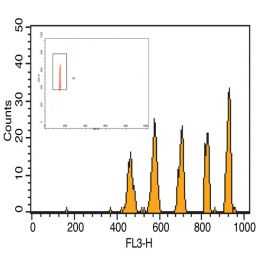 QuantumPlex™ SP Streptavidin 4.4µmCatalog Number BLI214A
QuantumPlex™ SP Streptavidin 4.4µmCatalog Number BLI214AThe microsphere populations in the QuantumPlex™five-bead kits are encoded with different intensities of Starfire Red™, and microspheres in our ten-bead kits are distinguished by both fluorescence intensity and size. Starfire Red™ is a fluorescent dye with unique characteristics that make it ideal for multiplexing applications. The dye's broad excitation band allows it to be excited at a number of wavelengths, and it emits in the FL3 channel (685nm) with very little carry-over into FL1 or FL2, leaving othe detectors available for determination of positive binding events via common reporters such as FITC and PE.
-
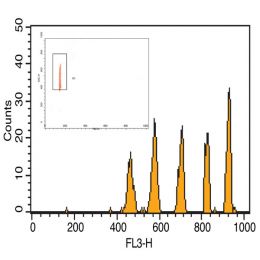 QuantumPlex™ Streptavidin 4.4µmCatalog Number BLI215A
QuantumPlex™ Streptavidin 4.4µmCatalog Number BLI215AThe microsphere populations in the QuantumPlex™five-bead kits are encoded with different intensities of Starfire Red™, and microspheres in our ten-bead kits are distinguished by both fluorescence intensity and size. Starfire Red™ is a fluorescent dye with unique characteristics that make it ideal for multiplexing applications. The dye's broad excitation band allows it to be excited at a number of wavelengths, and it emits in the FL3 channel (685nm) with very little carry-over into FL1 or FL2, leaving othe detectors available for determination of positive binding events via common reporters such as FITC and PE.
-
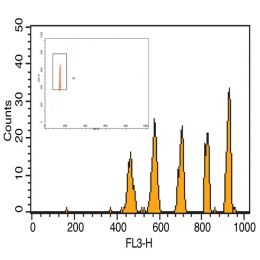 QuantumPlex™ SP Streptavidin 5.5µmCatalog Number BLI217A
QuantumPlex™ SP Streptavidin 5.5µmCatalog Number BLI217AThe microsphere populations in the QuantumPlex™five-bead kits are encoded with different intensities of Starfire Red™, and microspheres in our ten-bead kits are distinguished by both fluorescence intensity and size. Starfire Red™ is a fluorescent dye with unique characteristics that make it ideal for multiplexing applications. The dye's broad excitation band allows it to be excited at a number of wavelengths, and it emits in the FL3 channel (685nm) with very little carry-over into FL1 or FL2, leaving othe detectors available for determination of positive binding events via common reporters such as FITC and PE.
-
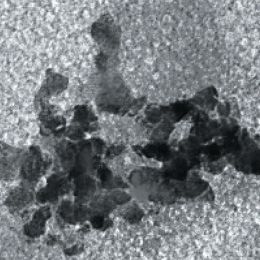 BioMag® Dextran-coated Charcoal (5mg/ml)Catalog Number 84510
BioMag® Dextran-coated Charcoal (5mg/ml)Catalog Number 84510Dextran-coated Charcoal
Concentration: 5mg/ml
-
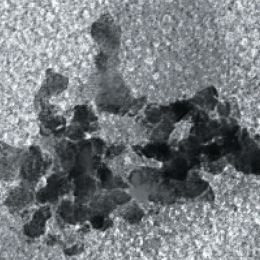 BioMag® Dextran-coated Charcoal Concentrate (50mg/ml)Catalog Number 84555
BioMag® Dextran-coated Charcoal Concentrate (50mg/ml)Catalog Number 84555Dextran-coated Charcoal Concentrate (50mg/ml)
Concentration: 50mg/ml
-
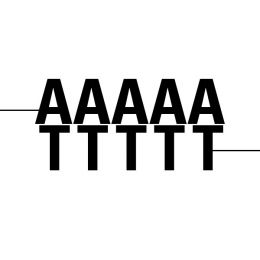 BioMag® Oligo (dT)20 ParticlesCatalog Number 8MB4803
BioMag® Oligo (dT)20 ParticlesCatalog Number 8MB4803Nuclease-free BioMag® Oligo (dT)20 particles purify mRNA from total RNA, tissue and cells in 15-45 minutes depending upon sample.
-
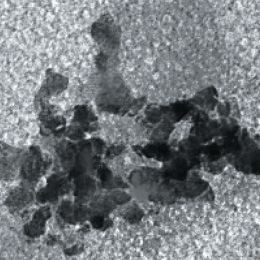 BioMag® Goat anti-Human IgMCatalog Number 84325
BioMag® Goat anti-Human IgMCatalog Number 84325BioMag® Secondary Antibodies are produced by covalently attaching polyclonal antibodies to BioMag® particles. Each product is supplied in phosphate buffered saline with EDTA and sodium azide added as stabilizers.
Concentration: 1mg/ml >0.15mg/ml
-
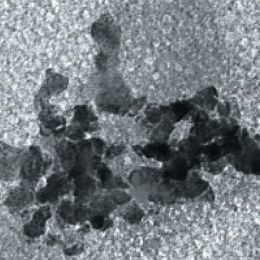 BioMag® Goat anti-Human IgG (Fc Specific)Catalog Number 84324
BioMag® Goat anti-Human IgG (Fc Specific)Catalog Number 84324- Concentration: 5mg/ml
- Binding Capacity: >0.20mg/ml
-
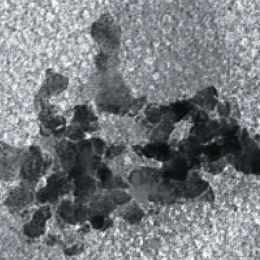 BioMag® Goat anti-Human IgGCatalog Number 84320
BioMag® Goat anti-Human IgGCatalog Number 84320- Concentration: 1mg/ml
- Binding Capacity: >0.10mg/ml
-
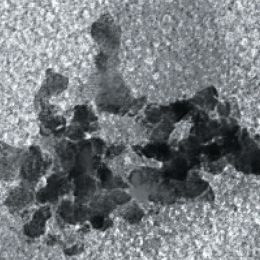 BioMag®Plus Protein G - Antibody Isolation Starter KitCatalog Number 86050
BioMag®Plus Protein G - Antibody Isolation Starter KitCatalog Number 86050The BioMag®Plus Protein G Antibody Isolation Starter Kit contains all the reagents necessary for the isolation of antibodies from serum and cell culture supernatants.
The contents of the kit are sufficient for five coupling reactions.
-
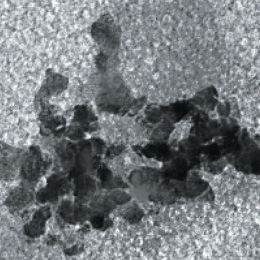 BioMag® Plus Protein A - Antibody Isolation Starter KitCatalog Number 86040
BioMag® Plus Protein A - Antibody Isolation Starter KitCatalog Number 86040The BioMag®Plus Protein A Particle Antibody Isolation Starter Kit contains all the reagents necessary for the isolation of antibodies from serum and cell culture supernatants.
The contents of the kit are sufficient for five coupling reactions.
-
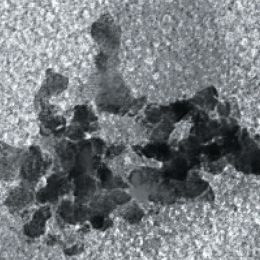 BioMag® Plus Streptavidin / Biotin Binding Starter KitCatalog Number 86030
BioMag® Plus Streptavidin / Biotin Binding Starter KitCatalog Number 86030The BioMag®Plus Streptavidin / Biotin Binding Starter Kit contains all the reagents needed for the attachment of biotinylated proteins to BioMag®Plus superparamagnetic particles.
The contents of the kit are sufficient for five coupling reactions.
-
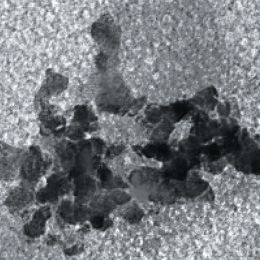 BioMag®Plus StreptavidinCatalog Number 86031
BioMag®Plus StreptavidinCatalog Number 86031BioMag®Plus Streptavidin Particles are a suspension of superparamagnetic particles approximately 1µm in size, covalently attached to streptavidin. BioMag®Plus Streptavidin allows for capture of biotinylated oligonucleotides, proteins, dNTPs and other molecules.
Provided as a suspension at ~5mg per ml.
-
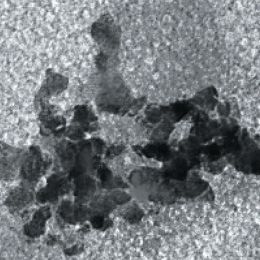 BioMag®Plus Goat anti-Mouse IgGCatalog Number 86021
BioMag®Plus Goat anti-Mouse IgGCatalog Number 86021BioMag®Plus Goat anti-Mouse IgG Particles are a suspension of BioMag®Plus particles approximately 1µm in size that have Goat anti-Mouse IgG antibody covalently attached. BioMag®Plus Goat anti-Mouse IgG Particles are suitable for enzyme immunoassays that utilize a mouse IgG primary monoclonal antibody and in magnetic cell sorting methods that utilize mouse monoclonal antibodies directed to specific cell surface receptors.
Requires: Cold Pack
-
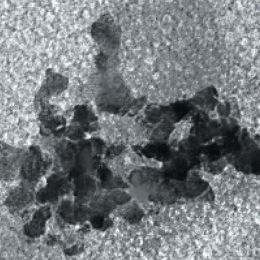 BioMag®Plus Goat anti-Mouse IgG Particle Antibody Coupling Starter KitCatalog Number 86020
BioMag®Plus Goat anti-Mouse IgG Particle Antibody Coupling Starter KitCatalog Number 86020BioMag®Plus Goat anti-Mouse IgG Particle Antibody Coupling Starter Kit for the attachment of antibodies to BioMag®Plus superparamagnetic particles.
The contents of the kit are sufficient for five coupling reactions.
-
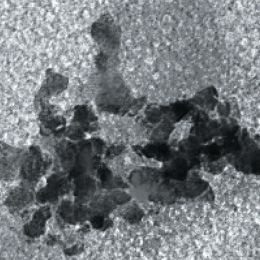 BioMag®Plus Mouse anti-Fluorescein IgGCatalog Number 86053
BioMag®Plus Mouse anti-Fluorescein IgGCatalog Number 86053BioMag®Plus Mouse anti-Fluorescein IgG particles are a suspension of approximately 1µm superparamagnetic particles covalently coupled to mouse anti-fluorescein IgG antibody. The suspension is supplied at 1 mg/ml in phosphate buffered saline (pH 7.4) with EDTA and sodium azide added as stabilizers. These microparticles are used for the magnetic separation of fluoresceinated cells, componets, or complexes from solution.
1 mg/ml
Requires: Cold Pack
-
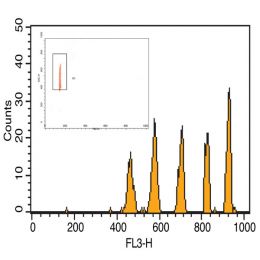 QuantumPlex™ Streptavidin 5.5µmCatalog Number BLI218A
QuantumPlex™ Streptavidin 5.5µmCatalog Number BLI218AThe microsphere populations in the QuantumPlex™five-bead kits are encoded with different intensities of Starfire Red™, and microspheres in our ten-bead kits are distinguished by both fluorescence intensity and size. Starfire Red™ is a fluorescent dye with unique characteristics that make it ideal for multiplexing applications. The dye's broad excitation band allows it to be excited at a number of wavelengths, and it emits in the FL3 channel (685nm) with very little carry-over into FL1 or FL2, leaving othe detectors available for determination of positive binding events via common reporters such as FITC and PE.
-
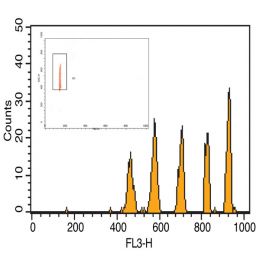 QuantumPlex™ Streptavidin 4.4 & 5.5µmCatalog Number BLI219A
QuantumPlex™ Streptavidin 4.4 & 5.5µmCatalog Number BLI219AThe microsphere populations in the QuantumPlex™five-bead kits are encoded with different intensities of Starfire Red™, and microspheres in our ten-bead kits are distinguished by both fluorescence intensity and size. Starfire Red™ is a fluorescent dye with unique characteristics that make it ideal for multiplexing applications. The dye's broad excitation band allows it to be excited at a number of wavelengths, and it emits in the FL3 channel (685nm) with very little carry-over into FL1 or FL2, leaving othe detectors available for determination of positive binding events via common reporters such as FITC and PE.
-
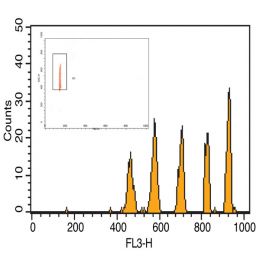 QuantumPlex™M Streptavidin ~6µm MagneticCatalog Number BLI252A
QuantumPlex™M Streptavidin ~6µm MagneticCatalog Number BLI252AThe microsphere populations in the QuantumPlex™M five-bead kits are encoded with different intensities of Starfire Red™. Starfire Red™ is a fluorescent dye with unique characteristics that make it ideal for multiplexing applications. The dye's broad excitation band allows it to be excited at a number of wavelengths, and it emits in the FL3 channel (685nm) with very little carry-over into FL1 or FL2, leaving othe detectors available for determination of positive binding events via common reporters such as FITC and PE.
-
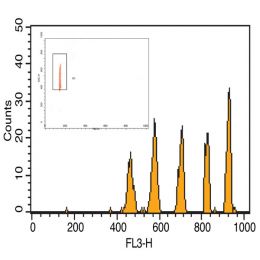 QuantumPlex™M SP Streptavidin ~6µm MagneticCatalog Number BLI253A
QuantumPlex™M SP Streptavidin ~6µm MagneticCatalog Number BLI253AThe microsphere populations in the QuantumPlex™M five-bead kits are encoded with different intensities of Starfire Red™. Starfire Red™ is a fluorescent dye with unique characteristics that make it ideal for multiplexing applications. The dye's broad excitation band allows it to be excited at a number of wavelengths, and it emits in the FL3 channel (685nm) with very little carry-over into FL1 or FL2, leaving othe detectors available for determination of positive binding events via common reporters such as FITC and PE.
-
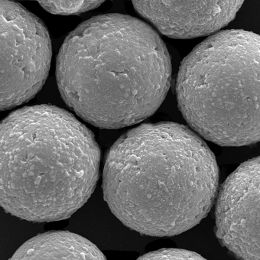 ProMag® HP StreptavidinCatalog Number 25508
ProMag® HP StreptavidinCatalog Number 25508ProMag™ HP (High Performance) have been meticulously engineered for use in assay development. The highly optimized composition ensures lowest autosignal, particularly with respect to chemiluminescence and exposed iron.
-
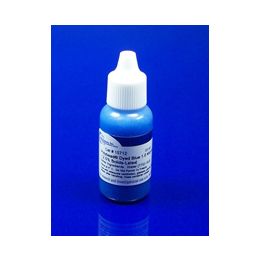 Protein G Blue Dyed MicrospheresCatalog Number 21105
Protein G Blue Dyed MicrospheresCatalog Number 21105Protein conjugated microspheres are offered as: antibodies, Protein A, and Protein G covalently coupled to fluorescent YG, non-fluorescent, and blue dyed polystyrene microspheres. Antibody conjugated microspheres can be used to detect trace amounts of specific antigens in solution and to deplete them from solution. Microspheres coupled with Protein A and Protein G will bind to the Fc portion of antibodies raised in most mammals.
-
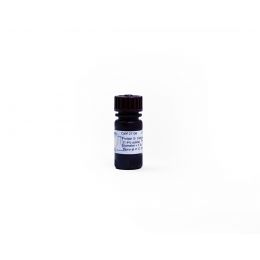 Protein G MicrospheresCatalog Number 21106
Protein G MicrospheresCatalog Number 21106Protein Conjugated Microspheres are offered as: antibodies, Protein A, and Protein G covalently coupled to fluorescent YG, non-fluorescent, and blue dyed polystyrene microspheres. Antibody conjugated microspheres can be used to detect trace amounts of specific antigens in solution and to deplete them from solution. Microspheres coupled with Protein A and Protein G will bind to the Fc portion of antibodies raised in most mammals.
-
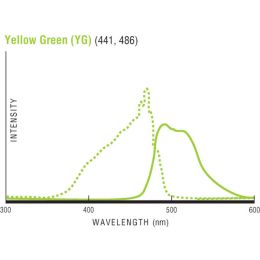 Protein G Fluoresbrite® YG MicrospheresCatalog Number 21107
Protein G Fluoresbrite® YG MicrospheresCatalog Number 21107Protein conjugated microspheres are offered as: antibodies, Protein A, and Protein G covalently coupled to fluorescent YG, non-fluorescent, and blue dyed polystyrene microspheres. Antibody conjugated microspheres can be used to detect trace amounts of specific antigens in solution and to deplete them from solution. Microspheres coupled with Protein A and Protein G will bind to the Fc portion of antibodies raised in most mammals.
-
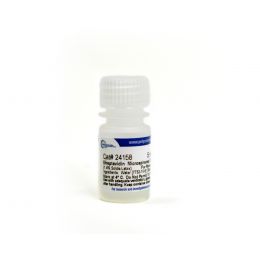 Streptavidin Microspheres, 6.0µmCatalog Number 24158
Streptavidin Microspheres, 6.0µmCatalog Number 24158Polysciences' streptavidin coated beads can be used in conjunction with a biotinylated ligand, antibody, DNA or RNA to form a bridge to the microsphere, providing the simple addition of a solid support. The streptavidin-biotin bond strength approaches that of a covalent bond, with an association constant (Ka 10^15 Mol-1) in an aqueous solution. This makes the bond not only essentially irreversible, but also supplies an interaction of high affinitiy and specificity.
Affinity Ligand Coated Microspheres
